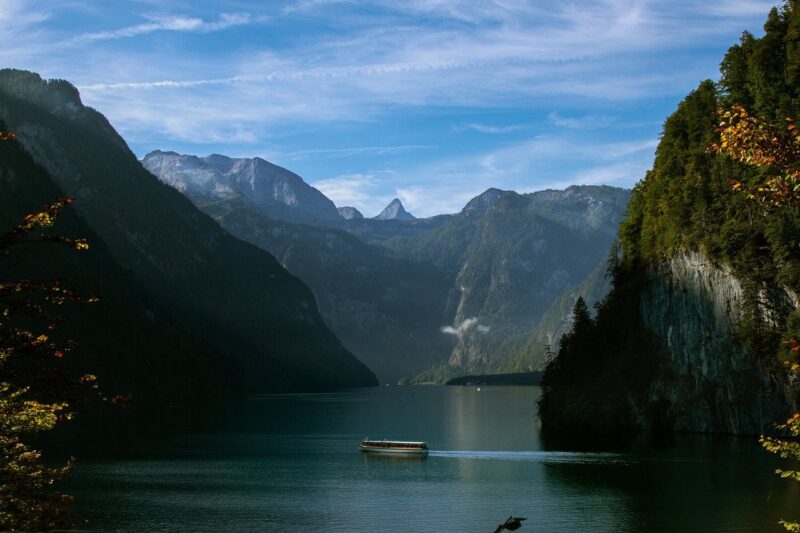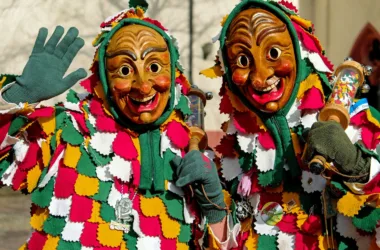Europe is renowned for its iconic cities like Paris, Rome, and London, attracting millions of tourists annually. However, the continent is dotted with lesser-known gems that offer rich histories, vibrant cultures, and unique experiences without the overwhelming crowds. Exploring these underrated cities provides a more intimate and authentic travel experience, unveiling Europe’s hidden treasures. This article delves into some of these overlooked destinations, categorized by region, and provides detailed insights into what makes each city special.
Western Europe
Ghent, Belgium

Historical Significance: Ghent boasts a rich medieval history, evident in its well-preserved architecture and historical sites. The city’s castle, Gravensteen, and the Saint Bavo’s Cathedral, which houses the famous Ghent Altarpiece, are must-visits.
Major Attractions: The picturesque Graslei and Korenlei riversides, the Museum of Fine Arts, and the contemporary art museum S.M.A.K. are highlights. Ghent’s vibrant street art scene, exemplified by the Werregarenstraat graffiti alley, adds a modern touch to its historical charm.
Local Cuisine: Ghent offers culinary delights such as Waterzooi (a creamy stew) and Stoverij (Flemish beef stew). The city is also known for its beer culture, with numerous local breweries and beer cafes.
Best Time to Visit: Spring and summer are ideal for visiting Ghent, with pleasant weather and numerous festivals, including the famous Gentse Feesten in July.
Utrecht, Netherlands
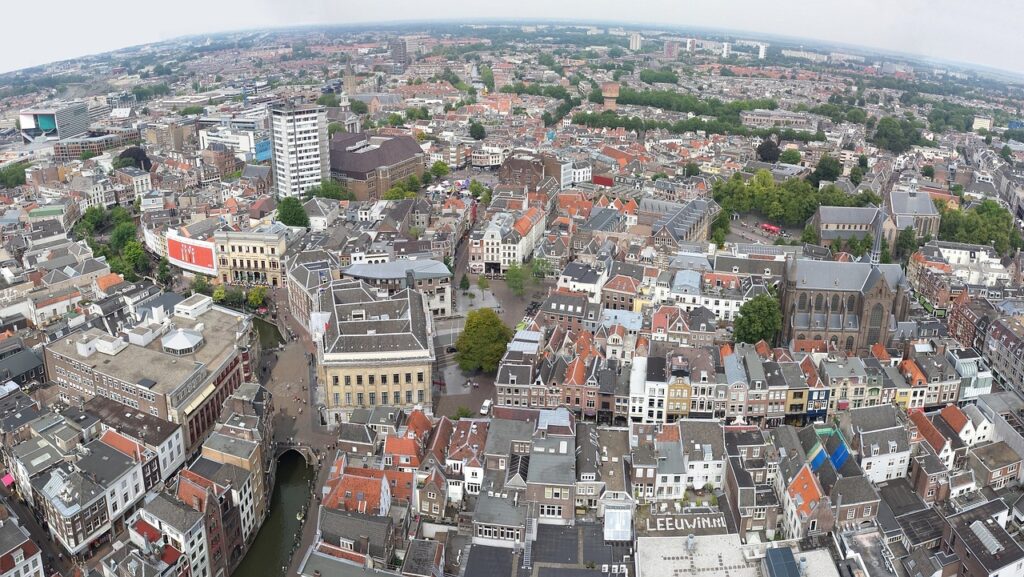
Unique Charm: Utrecht, often overshadowed by Amsterdam, is a charming city with picturesque canals, a medieval old town, and a lively cultural scene.
Must-See Sites: The Dom Tower, the tallest church tower in the Netherlands, offers panoramic city views. The Rietveld Schröder House, a UNESCO World Heritage Site, showcases innovative architecture. The Centraal Museum and the Railway Museum are also notable attractions.
Cultural Insights: Utrecht’s cultural life is vibrant, with numerous theaters, music venues, and festivals. The city’s student population adds to its youthful and dynamic atmosphere.
Travel Tips: Biking is the best way to explore Utrecht. The city is also well-connected by train, making it easy to take day trips to nearby destinations.
Porto, Portugal

Overview of the City: Porto, known for its port wine, is a coastal city in northwest Portugal with a rich history and stunning architecture.
Key Attractions: The Ribeira district, a UNESCO World Heritage Site, is famous for its narrow streets and colorful buildings. The Livraria Lello, one of the most beautiful bookstores in the world, and the historic Palácio da Bolsa are must-visit spots.
Wine Culture: Porto is synonymous with port wine. A visit to the wine cellars in Vila Nova de Gaia, across the Douro River, offers insights into the production and history of this fortified wine.
Seasonal Travel Advice: Spring and fall are the best times to visit Porto, with mild weather and fewer tourists. The city also hosts several festivals, such as São João Festival in June, which is a lively and colorful event.
Southern Europe
Bologna, Italy
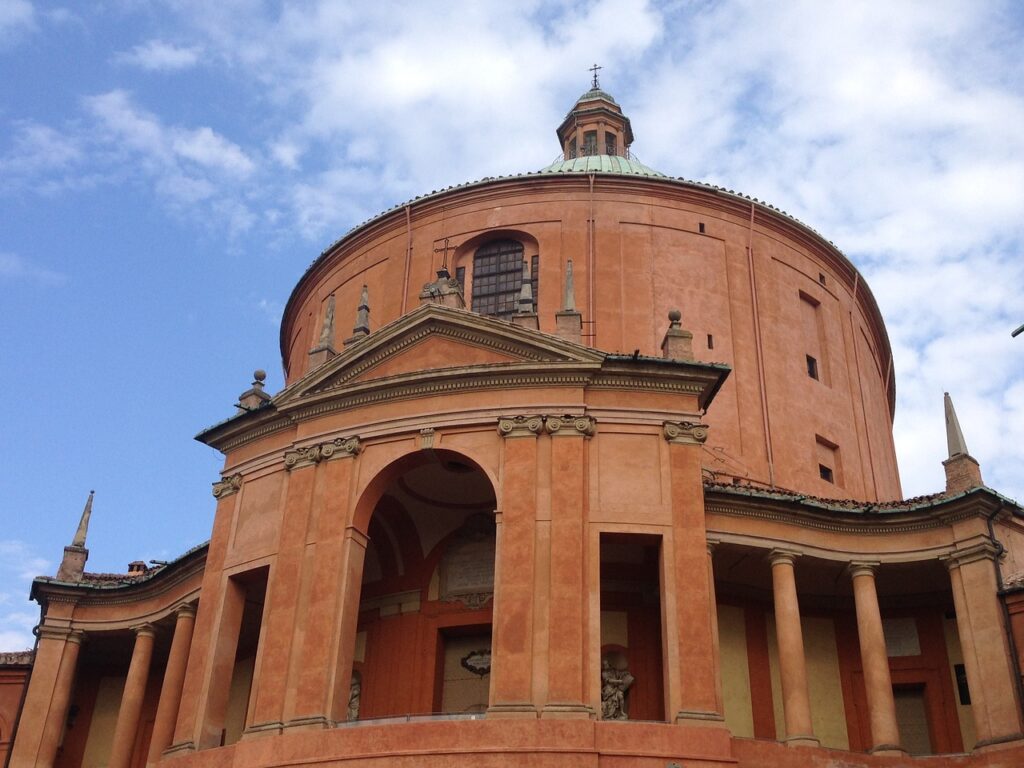
Historical Context: Bologna, with its medieval towers and extensive porticoes, is steeped in history. It’s home to the world’s oldest university, founded in 1088.
Culinary Highlights: Known as the food capital of Italy, Bologna offers gastronomic delights like Tagliatelle al Ragù, Tortellini, and Mortadella. The city’s markets and trattorias are perfect places to savor local flavors.
University Town Vibe: The University of Bologna adds a youthful energy to the city. The university’s historic buildings and museums, such as the Archiginnasio, are worth exploring.
Best Visiting Periods: Bologna is pleasant to visit in spring and fall, when the weather is mild and the city’s events, like the Cinema Ritrovato festival, are in full swing.
Valencia, Spain

City Introduction: Valencia, on Spain’s southeastern coast, blends historic charm with modern attractions. It’s known for its futuristic City of Arts and Sciences complex.
Main Landmarks: The historic Valencia Cathedral, the vibrant Central Market, and the ancient Silk Exchange (La Lonja) are key sights. The Turia Gardens, a former riverbed turned green space, is ideal for leisurely strolls.
Local Festivals: Valencia is famous for its lively festivals, particularly Las Fallas in March, which features elaborate sculptures, fireworks, and parades.
Climate and Travel Tips: Valencia enjoys a Mediterranean climate, making it a year-round destination. Summer can be hot, so spring and fall are preferred for comfortable sightseeing.
Thessaloniki, Greece

Historical and Cultural Overview: Thessaloniki, Greece’s second-largest city, is rich in history, from its Byzantine walls to the Rotunda and the White Tower.
Key Attractions: The Archaeological Museum, the vibrant Ano Poli (Upper Town), and the bustling Aristotelous Square are essential stops. The city’s waterfront promenade offers stunning views and relaxing walks.
Local Cuisine and Nightlife: Thessaloniki is a food lover’s paradise, with dishes like Bougatsa (a custard-filled pastry) and Souvlaki. The city’s nightlife is vibrant, with numerous bars and clubs in the Ladadika district.
Best Times to Visit: Spring and autumn are the best times to explore Thessaloniki, with mild weather and cultural events like the Thessaloniki International Film Festival.
Central Europe
Brno, Czech Republic
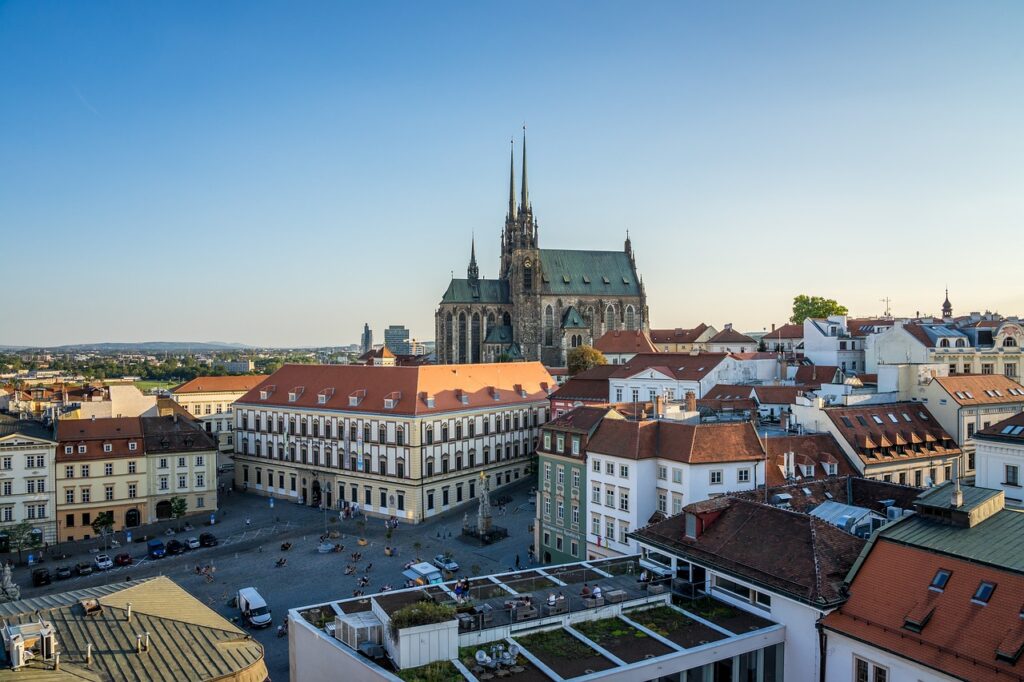
Historical Significance: Brno, the Czech Republic’s second city, boasts a rich history, visible in its medieval castles and cathedrals.
Architectural Highlights: The Špilberk Castle and the Cathedral of St. Peter and Paul are notable landmarks. The city’s modernist architecture, including the Villa Tugendhat, a UNESCO World Heritage Site, is also impressive.
Local Foods and Drinks: Brno offers traditional Czech cuisine, including Svíčková (marinated beef) and local beers. The city’s cafes and pubs are perfect for sampling regional flavors.
Travel Advice: Brno is well-connected by train and bus, making it easy to explore the surrounding Moravian countryside. The city hosts numerous cultural events, such as the Brno Biennial, an international graphic design competition.
Graz, Austria

City Introduction: Graz, Austria’s second-largest city, is known for its well-preserved medieval old town and vibrant cultural scene.
Key Attractions: The Schlossberg hill, with its iconic clock tower, offers panoramic views of the city. The Kunsthaus Graz, with its futuristic design, and the historic Eggenberg Palace are must-see sites.
Cultural Events: Graz hosts several cultural events, including the Styriarte festival, which celebrates classical music. The city’s numerous museums and theaters add to its cultural richness.
Visiting Tips: Spring and autumn are ideal for visiting Graz, with mild weather and numerous outdoor events. The city’s public transport system is efficient and user-friendly.
Wroclaw, Poland

Historical and Cultural Insights: Wroclaw, with its complex history and diverse architecture, is a cultural gem. The city’s market square and the Gothic-style Town Hall are standout features.
Major Attractions: The Centennial Hall, a UNESCO World Heritage Site, is an architectural marvel. The Panorama of the Battle of Racławice is another significant cultural attraction, offering a unique 360-degree painting depicting a historic Polish battle.
Local Delicacies: Wroclaw’s culinary scene includes traditional Polish dishes like pierogi (dumplings) and bigos (hunter’s stew). The city’s cafes and restaurants, especially in the vibrant Market Square, offer a variety of local and international cuisines.
Best Visiting Periods: Spring and autumn are the best times to visit Wroclaw, with mild weather and numerous festivals, such as the Wroclaw Good Beer Festival in June and the Wroclaw Christmas Market in December.
Northern Europe
Turku, Finland

City Overview: Turku, Finland’s oldest city, is known for its medieval history and vibrant cultural scene. The Aura River flows through the city, adding to its picturesque charm.
Main Attractions: The Turku Castle and the Turku Cathedral are significant historical landmarks. The Aboa Vetus & Ars Nova museum offers insights into the city’s medieval past and contemporary art.
Local Culture and Cuisine: Turku’s culinary scene features traditional Finnish dishes like salmon soup and Karelian pasties. The city’s riverside cafes and restaurants offer delightful dining experiences.
Travel Tips: Summer is the best time to visit Turku, with long daylight hours and numerous cultural events, such as the Turku Music Festival and the Medieval Market.
Bergen, Norway

Introduction to the City: Bergen, surrounded by mountains and fjords, is known for its stunning natural beauty and rich maritime history.
Key Sites and Experiences: The Bryggen Hanseatic Wharf, a UNESCO World Heritage Site, is a historic area with colorful wooden buildings. The Fløibanen funicular offers breathtaking views of the city from Mount Fløyen. The Bergen Fish Market is a great place to sample fresh seafood.
Local Seafood: Bergen is famous for its seafood, particularly salmon and cod. Local specialties like fish soup and rakfisk (fermented fish) are must-tries.
Best Times to Visit: Bergen is best visited in late spring and summer, when the weather is mild, and outdoor activities like hiking and fjord tours are most enjoyable. The Bergen International Festival in May-June is a highlight of the city’s cultural calendar.
Aarhus, Denmark

Overview of the City: Aarhus, Denmark’s second-largest city, combines a rich Viking heritage with a vibrant modern culture.
Cultural Highlights: The ARoS Aarhus Art Museum, with its rainbow-colored rooftop walkway, and the Moesgaard Museum, which showcases archaeological finds, are key attractions. The city’s Latin Quarter is known for its charming streets and boutique shops.
Must-Visit Spots: The Old Town open-air museum and the Marselisborg Palace and Park are popular destinations. Aarhus’s waterfront, with the striking Dokk1 cultural center, offers beautiful views and recreational opportunities.
Seasonal Travel Advice: Aarhus is delightful to visit in summer, with numerous festivals such as the Aarhus Festival in August. The city’s mild climate also makes spring and early autumn pleasant times for exploring.
Eastern Europe
Lviv, Ukraine
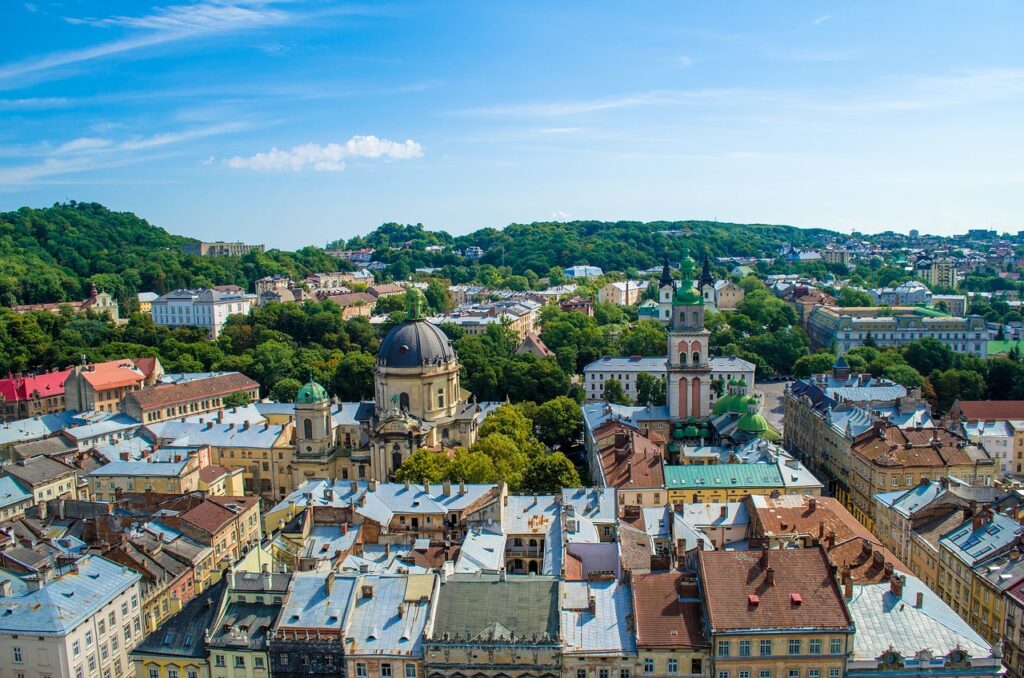
Historical and Cultural Significance: Lviv, with its diverse cultural heritage, is known for its well-preserved architecture and vibrant arts scene. The city’s Old Town is a UNESCO World Heritage Site.
Major Attractions: The Market Square, the High Castle Park, and the Lviv National Opera are essential stops. The city’s numerous churches, including the Armenian Cathedral and the Latin Cathedral, reflect its multicultural history.
Local Food and Drink: Lviv is famous for its coffee culture and chocolate. Local dishes like varenyky (dumplings) and borscht are must-tries. The city’s many cafes and breweries offer a cozy atmosphere for sampling regional specialties.
Best Visiting Periods: Spring and summer are ideal for visiting Lviv, with pleasant weather and cultural events like the Lviv Coffee Festival and the Leopolis Jazz Fest.
Plovdiv, Bulgaria

City Overview: Plovdiv, one of the world’s oldest continuously inhabited cities, boasts a rich history and vibrant cultural life. The city is known for its well-preserved Roman ruins and colorful 19th-century architecture.
Key Sites and Historical Context: The Ancient Theatre of Philippopolis, the Roman Stadium, and the Old Town with its cobbled streets and traditional houses are major attractions. The city’s Kapana district is a hub for arts and crafts.
Local Traditions and Cuisine: Plovdiv offers a variety of Bulgarian dishes, such as banitsa (cheese pastry) and kebapche (grilled meat). The city’s wine culture is also notable, with several local wineries offering tastings.
Travel Tips: Plovdiv is best visited in spring and autumn, with mild weather and fewer tourists. The city’s cultural calendar includes events like the Plovdiv International Fair and the Night of Museums and Galleries.
Timișoara, Romania

Historical Context: Timișoara, known as the “City of Flowers” and the “Little Vienna,” played a crucial role in Romania’s history, particularly during the 1989 revolution.
Main Attractions: The Union Square, Victory Square, and the Timișoara Orthodox Cathedral are key landmarks. The city’s numerous parks and gardens, such as the Roses Park and the Botanical Park, add to its charm.
Cultural Events: Timișoara is set to be a European Capital of Culture in 2023, highlighting its vibrant arts scene. The city hosts various festivals, including the Timișoara Jazz Festival and the Plai Festival.
Best Times to Visit: Spring and summer are ideal for exploring Timișoara, with pleasant weather and outdoor events. The city’s well-connected public transport system makes getting around easy.
Travel Tips for Underrated Cities
General Travel Advice: When exploring underrated cities, research local customs and traditions to enhance your experience. Engaging with locals and learning a few phrases in the local language can also enrich your visit.
Safety Tips: While many underrated cities are safe, always take standard precautions. Avoid poorly lit areas at night, keep an eye on your belongings, and stay informed about any local advisories.
Budget Considerations: Underrated cities often offer more affordable travel options compared to their more famous counterparts. Look for budget-friendly accommodations, such as hostels or guesthouses, and explore local markets and eateries for cost-effective dining.
Accommodation Recommendations: Consider staying in locally-owned establishments to support the local economy and enjoy a more authentic experience. Platforms like Airbnb and Booking.com offer a range of options to suit different budgets.
Transportation Tips: Public transportation is often efficient and affordable in underrated cities. Renting a bike or walking can also be great ways to explore, allowing you to discover hidden gems at your own pace.
Conclusion
Europe’s underrated cities offer unique experiences, rich histories, and vibrant cultures without the overwhelming crowds of more popular destinations. By venturing off the beaten path, travelers can enjoy more intimate and authentic encounters with local traditions and lifestyles. Whether exploring the medieval streets of Ghent, the vibrant cultural scene of Aarhus, or the historical landmarks of Timișoara, each city provides its own unique charm and discoveries. So, pack your bags and embark on a journey to uncover Europe’s hidden treasures.




